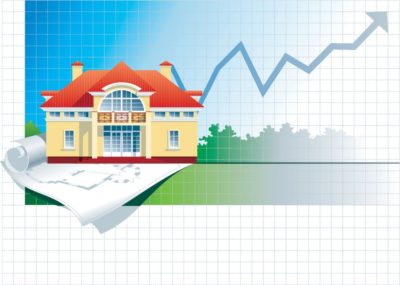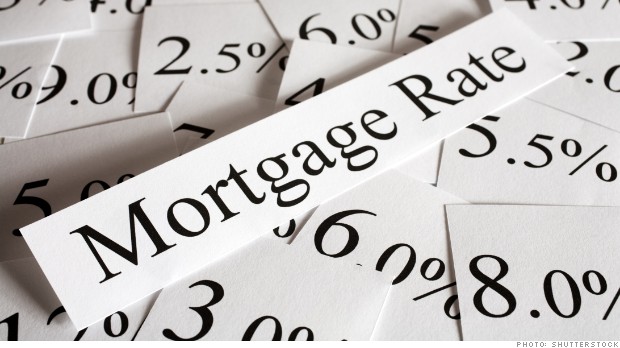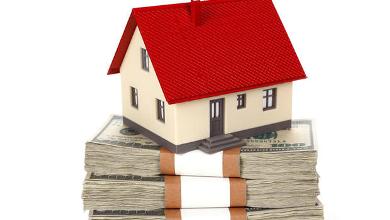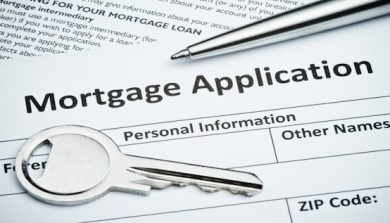More than 60% of Americans own their homes, and while there are certain benefits to ownership, there’s also a downside: the cost.
You may have thought that coming up with a down payment was the greatest financial hurdle you’d face, but as you’ll soon come to learn, there are numerous expenses associated with owning a home. Here’s how to handle them.
- Create a new budget
Given that your monthly mortgage payment is bound to differ from your previous rent payment, it might seem like a no-brainer that you’ll need to adjust your budget accordingly. But there’s more to it than that, because you may find that other costs change by virtue of your new home. For example, if you move from a two-room apartment to a 2,000-square-foot house, you can bet on your heating and electricity costs going up. Similarly, if you suddenly have a lawn to maintain, you can expect to spend more than you would renting an apartment.
Rather than just substituting your new mortgage payment for your previous rent payment, spend a few months tracking all of your expenses and update your budget to reflect the actual costs of living in your new home. You may come to find that you’re spending more than expected, in which case you’ll need to adjust your flexible expense categories, like leisure, to compensate.
- Prepare to spend money on repairs and maintenance
You’re probably aware that you’ll spend some money on maintenance and repairs for your home, but you may not realize just how much you may end up parting with. Most homeowners spend 1% to 4% of their homes’ value each year on repairs and maintenance.
So if your home is worth $300,000, expect to shell out anywhere from $3,000 to $12,000 a year on upkeep. And if you need to do something major, like replace a faulty heating system or roof, your costs could climb even higher.
You should therefore aim to pad your emergency savings so that you have funds to tap if a significant repair pops up unexpectedly. Most people need at least three months’ worth of living expenses in an emergency fund, but as a homeowner, you should aim for six months’ worth of expenses or more.
- Expect your property taxes to go up
Your property taxes are based on the assessed value of your home coupled with local tax rates. When you buy a new home, you’ll be advised of your current property tax liability — but don’t get too comfortable with that number.
Property taxes have a tendency to rise, even when home values drop. Back in 2000, localities across the U.S. collected an estimated $247 billion in property taxes, but by 2010, that number almost doubled to $476 billion despite the decline in home prices from the infamous housing bubble implosion.
Additionally, some localities require property reassessments at certain intervals (such as every year, every other year, or every three years). If your home is reassessed at a higher amount, you could see an instant hike in taxes.
To protect yourself, leave some wiggle room in your budget. This way, if you’re hit with a significant property tax increase from one year to the next, you won’t be scrambling as much to make those payments.
- Don’t get caught off guard when big payments come due
Some people roll their homeowners’ insurance and property taxes into their mortgage payments via an escrow system. The way this works is that a lender will charge a set amount each month above your mortgage payment alone, put that excess money in an escrow account, and use it to pay your property taxes and homeowners’ insurance for you. But not all mortgages work this way. Many just have you make your exact mortgage payment and remain responsible for paying your homeowners’ insurance and property taxes on your own.
If you fall into the latter category, you’ll need to budget accordingly so you’re not caught off guard when these larger payments roll around.
The average U.S. household spends $2,127 on property taxes each year, but in many states, that number is much higher. Take New Jersey, for example, whose average annual property taxes exceed $7,000 and, in some counties, can easily top the $15,000 mark.
Most homeowners pay property taxes quarterly, and if yours are $4,000 a year, that’s an extra $1,000 check you’ll need to write every three months. Rather than scramble to come up with that money, be sure to budget $333 a month for property taxes. Along these lines, the average annual homeowners’ insurance premium in the U.S. is $952. If you’re required to make that payment all at once, you’ll need to set aside money each month in anticipation.












